-
Posts
525 -
Joined
-
Last visited
Content Type
Profiles
Forums
Blogs
Gallery
Events
Store
Posts posted by Jerry B
-
-
US Army cap with British badge
Indeed, my thoughts as well.
0 -
Very nice Robin. I have a similar embroidery to the RWF which is also probably a hopsital made item. I have a few other items to the RWF, too many to show here.
http://gmic.co.uk/uploads/monthly_11_2014/post-17018-0-88734100-1415800444.jpghttp://gmic.co.uk/uploads/monthly_11_2014/post-17018-0-46549200-1415800470.jpg
0 -
Indeed it is still much the same when I visited a few years back.
The same location as in the first and last pictures.
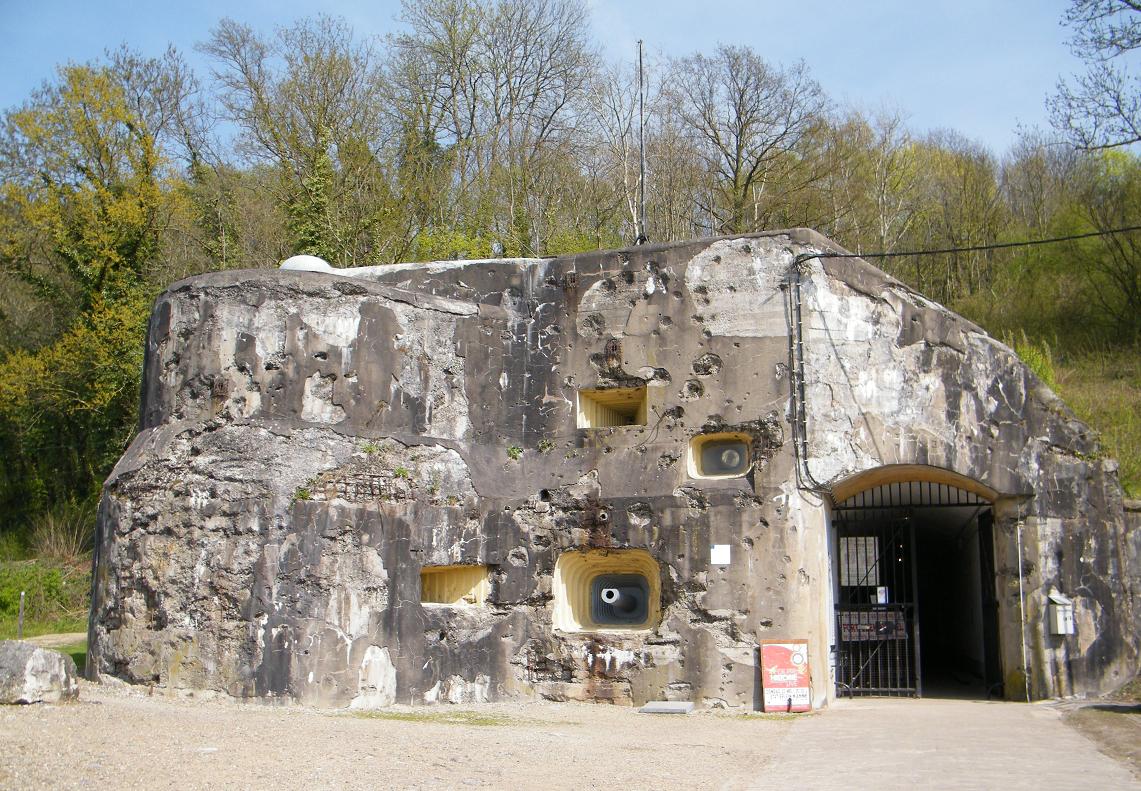 0
0 -
My Brodie, Personal purchase of Major General Henry Hugh Tudor who commanded 9th Scottish Div in the later part of WW1 also "Chief of Police Ireland" 1919-22.
Superb helmet and great with the known history of its former owner.
0 -
Hello Brian,The type D was approved in July 1916 and as the paperwork regarding changes is dated Aug. 1916, mentioning the fitting of a rim around the brim (see attachment) but not mentioning the rubber ring, I’d have a guess at it being the first mass manufactured helmet (I believe the rubber ring was introduced mid 1917) – they call it the Brodie Helmet Service Steel Helmet and is obviously a modified version of the Type B (and C? Which I haven’t heard of).MKI isn’t mentioned, perhaps it wasn’t strictly/officially called a MKI until the MKII came along?PM me your email and I’ll send you a copy of the instructions for the manufacture and testing of helmets which was passed on to the US, allowing them to make their own version after they entered the war.Tony
This seems to support the supposition that the first rimmed types that at some stage come to be known as MKI's were also originally known as Brodie type D's. A wonderful piece of detective work and great to see this. Well done Tony.
0 -
I am still happy to respond to any term that anyone cares to use, Brodies, Tommy, MKI et al........
I know a lot of the terms we as collectors use did not exist at the time and were invented by us and our predecessors, and to be honest in this case I do not know the truth and I am not sure it really matters as all concerned seem to know to what we are referring when using any of the above terms.
0 -
Certainly on the one point I would agree, I don't think that any of them were ever known as Brodies at the time and the term only came into use later, the early were war office pattern type A & B, the later helmet steel MKI etc....
As I mentioned above, I tend to use the term Tommy Helmet as then everyone knows to what I refer. As regards the liners, you are incorrect, the Brodie marked liners were a new issue for the later WWI versions as they are quire different to that seen on the early patterns so they cannot be reused old stock.
Obviously your facts appear to be different to my facts, but as you say facts are facts.
0 -
Well strictly speaking as far as I understand it the rimless types were known as war office pattern type A & B, not brodies at all, perhaps I am wrong. As Paul mentioned above, if the early MKI's have Brodie helmet on the liner, then how can anyone claim they are not Brodies?
0 -
I tend to use the Tommy helmet to refer to all types and I would not usually use the term Brodie when talking about WWII examples, but it is not something that bugs me when others do.
0 -
My Brodies are cop ones .......................... both WW1 and WW2 types.
Very nice Robin. I also have a cop one, WWII.
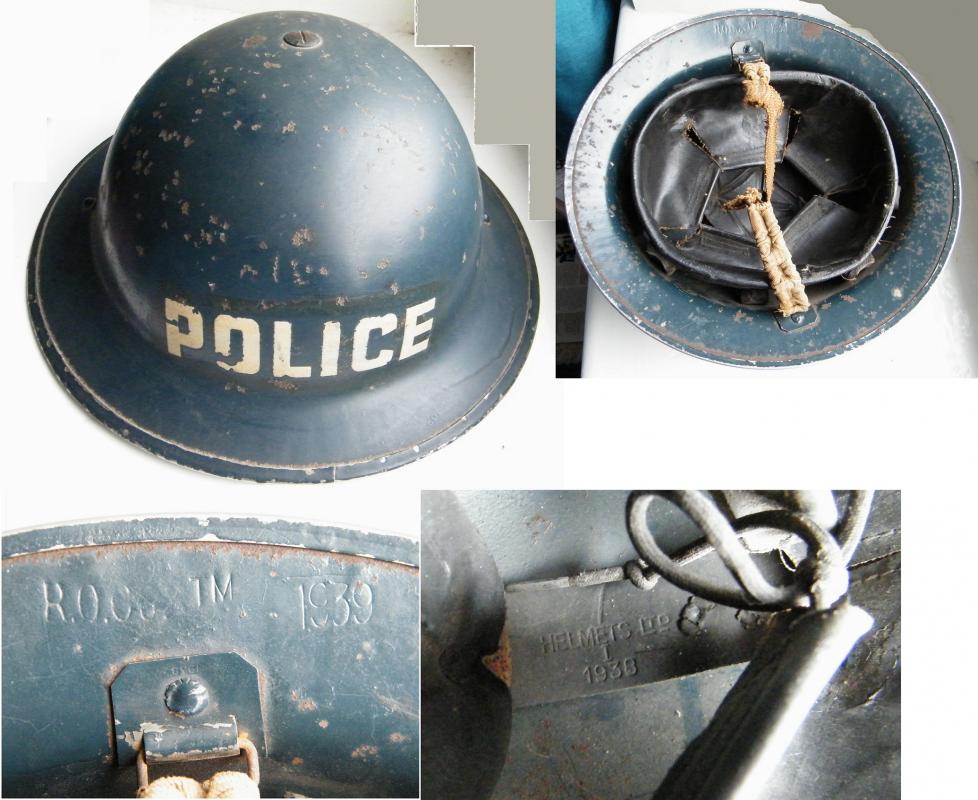
I also have Warden,

National Fire Service,
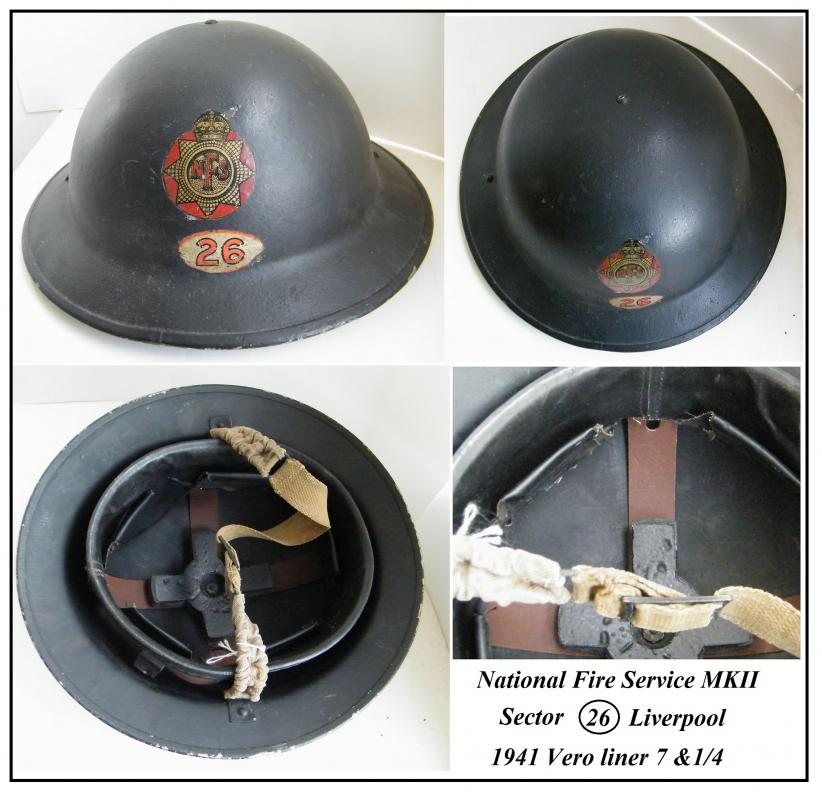
Home Guards,
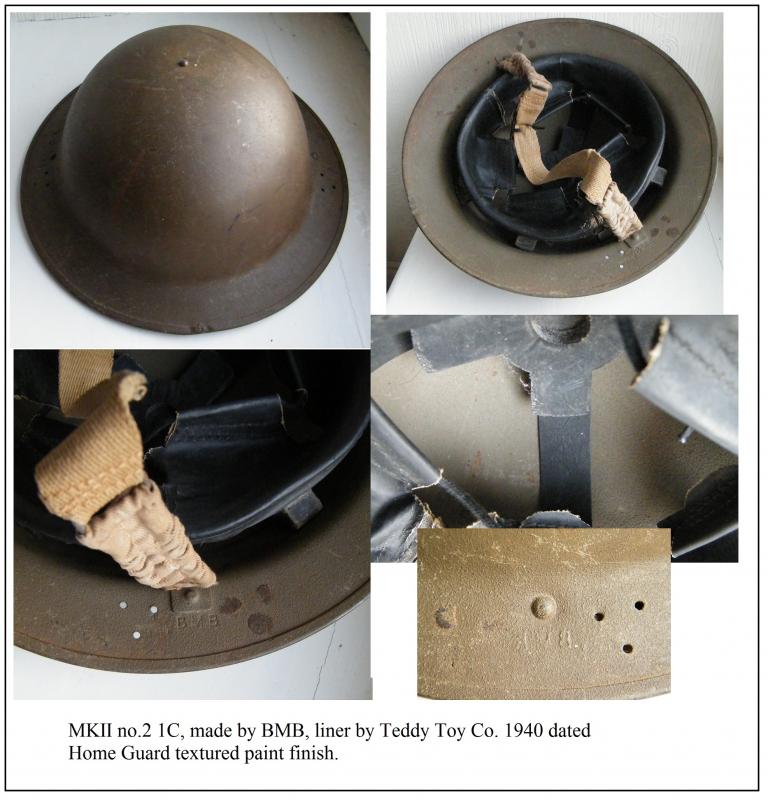
Army issued to a member of the RWF
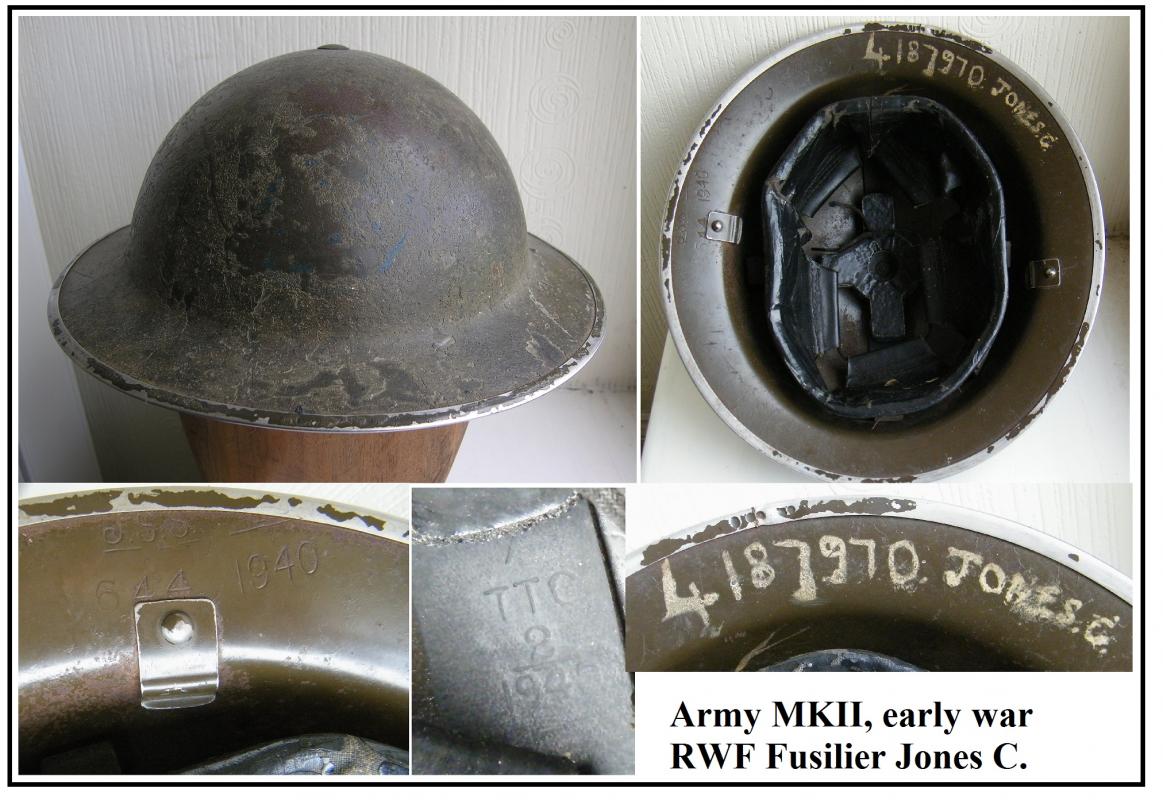
and some others one which is probably Boy Scouts

Another homeguard or Ambulance
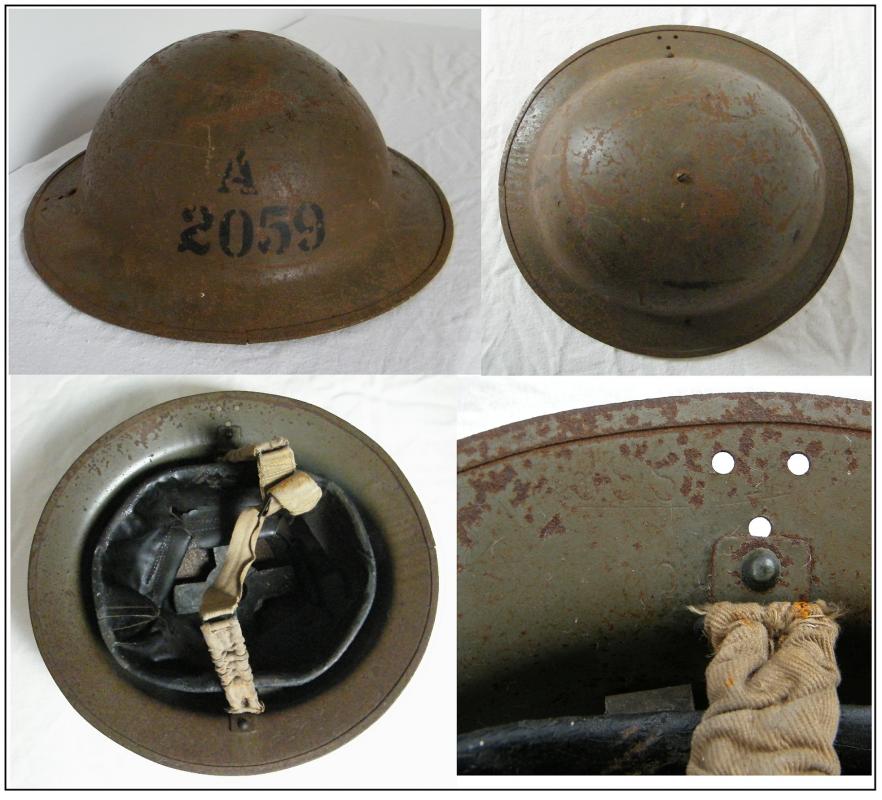
And another Army that has seen better days
 0
0 -
It is odd that to some (and I used to think this) the use of the term Brodie is only applied to the rimless versions, though as Paul mentions the MKI's actually have the Brodie name inside the lining which must mean they should be considered as Brodies. Perhaps only the later versions, MKI* and MKII's should not be considered to be Brodies.
Here are my two WWI examples.
http://gmic.co.uk/uploads/monthly_11_2014/post-17018-0-83053600-1415392620.jpghttp://gmic.co.uk/uploads/monthly_11_2014/post-17018-0-51127900-1415392597.jpg
0 -
Very nice, the grey paint almost looks like primer but it is hard to say when not in the hand. Does it appear to have been on there a long time?
Still very nice either way Paul. i have two great war brodies, one in nearly mint condition, the other a relic shell only.
0 -
Thanks for the link Jerry.
I've managed to find their war diary online but haven't read it yet.It starts at the end of June 44, it would have been good if it started from the 19th which is the day he landed in France.
Tony
It is a good read, I have had my copy for years, ex library 1974 edition. I had to go and check exactly which unit he was with so it was good that it was the same unit as your grandfather, though I assume there were not many such units at the time.
0 -
You can find it here, the reviews are very good.
0 -
Tony, have you read Flame Thrower by Andrew Wilson MC who was in the 141st Regiment RAC (The Buffs) isbn 0 7041 0042 8 1956 & 1974
The book covers the period 1943 to 1945 and recounts his exprience commanding a flame thrower tank in North West Europe.
0 -
Jerry, do they always have the bootlace holding the liner in place or is that particular to this manufacturer?
Tony
For this pattern I think there is only one maker and I have only seen one other of this type that still had its original liner in place and another one with a replaced post war liner in it. Perhaps at the time other ways were used but for these they all seem to have a string holding the liner in place. Both of the early patterns have laces/strings holding the liner in.
Here is the other type of early compressed material/pulp DR helmet which also has a string/lace holding the liner in place, the later steel DR helmet has the liner riveted in place.
 0
0 -
Tony, i have never heard of specific insignia for flamethrower tank drivers so it will be interesting if anyone shows some.
0 -
Probably a slip of the pen but maybe it's worth pointing out that the badge on the OP photo was to the Cameronians (Scottish Rifles) as opposed to the Q.O. Cameron Highlanders, whose badge is shown alongside that of the Cameronians in QSA Mike's subsequent post. The Cameronians bonnet was dark green with a black tourie
The 79th Cameron Highlanders wore plain blue Glengarry bonnets from circa 1841 when their CO allegedly introduced the folding 'Highland' bonnet as military undress headgear (rather than McDonnell of Glengarry as tradition would have it). The 42nd (Black Watch ) followed suit when they finally adopted the Glengarry circa 1868, as did the HLI (71st &74th ) after 1881. The 42nd seem to have worn undress bonnets without dicing from early in the C19th. The Seaforth Highlanders (72nd & 78th originally wore plain glengarries after being formed in 1881, but added a diced band circa 1885. The 92nd Gordons Hldrs and the 93rd Sutherland Hldrs wore bonnets with diced bands from 1853 when the Glengarry was ordered for all kilted Highland corps- an order ignored by the Black Watch, who, for reasons unknown, stuck to the so-called 'Kilmarnock' - without dicing- for another fifteen years, through the Crimea and the Mutiny. They maintained their difference by wearing a Glengarry absolutely unadorned except for the regimental cap badge.
Sorry, what was the question?
I was commenting on Glengarries without diced bands that had red toories, which were the Black watch and the QOCH, which is why the letter were mentioned as the cap was not for the Cams to whom it was badged.
Obviously though you appear to be well up on these and there is probably no need for me to comment any further
0 -
It doesn't have a rosette (if you mean a ribbon cockade behind the badge).
Would this then be Black Watch?
Sorry for so many questions. I want to get this cap right.
Sorry Paul I must have got distracted by the other cap shown which has the rosette whilst yours does not so Black Watch would be correct. The problem then is that WWI BW is different from WWII versions. I think yours is WWI because for WWII the P would be above the WD rather than below as on yours so you need the type with the lower scroll.
WWI type
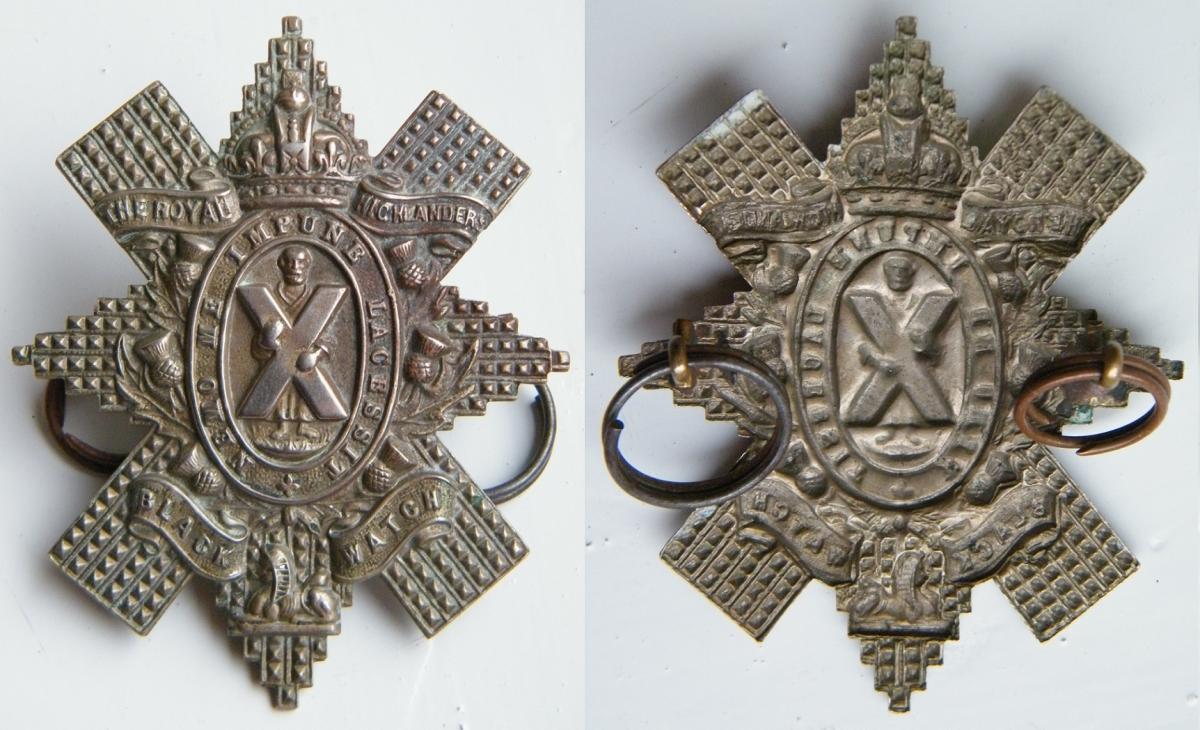
WWII type
http://gmic.co.uk/uploads/monthly_10_2014/post-17018-0-65869900-1414701273.jpghttp://gmic.co.uk/uploads/monthly_10_2014/post-17018-0-30433600-1414701293.jpg
0 -
Yes, with the rosette it would be Queen's Own Camaron highlanders, not Black watch.
Here are two from my collection.
http://gmic.co.uk/uploads/monthly_10_2014/post-17018-0-45448400-1414700445.jpghttp://gmic.co.uk/uploads/monthly_10_2014/post-17018-0-47575600-1414700466.jpg
0 -
The cap has the oily liner that you would expect to see on earlier examples and up to WWII, very nice and it might be WWI. The badge is a fake, the England tab is a sure sign of that, but as it was the wrong badge it is not too big a loss and just try and find an original QOCH badge for it.
0 -
A few more new pics taken today.
http://gmic.co.uk/uploads/monthly_10_2014/post-17018-0-88302600-1414692202.jpghttp://gmic.co.uk/uploads/monthly_10_2014/post-17018-0-43096000-1414692224.jpghttp://gmic.co.uk/uploads/monthly_10_2014/post-17018-0-87559400-1414692246.jpghttp://gmic.co.uk/uploads/monthly_10_2014/post-17018-0-43078400-1414692270.jpghttp://gmic.co.uk/uploads/monthly_10_2014/post-17018-0-67538000-1414692292.jpghttp://gmic.co.uk/uploads/monthly_10_2014/post-17018-0-42412300-1414692314.jpghttp://gmic.co.uk/uploads/monthly_10_2014/post-17018-0-80866400-1414692336.jpghttp://gmic.co.uk/uploads/monthly_10_2014/post-17018-0-92103100-1414692358.jpghttp://gmic.co.uk/uploads/monthly_10_2014/post-17018-0-55637900-1414692379.jpghttp://gmic.co.uk/uploads/monthly_10_2014/post-17018-0-45799900-1414692401.jpg
0 -
Jerry - great photos. Anything marked Empire was made in Hong Kong. Mervyn
Thanks Mervyn. Interesting what you post regarding Empire as I assume that is the makers name rather than relating to place of manufacture, and that would be an important clue in regards to these helmets. I have only seen one other of this type that still exists -though obviously there could be lots I have not seen and well actually two but the 2nd one had the wrong liner in it, post war civilian type- and the other one has the same type of liner marked Empire with the size and Patent Applied for marking, the latter is something I would expect to see on items from the Sates.
0 -
I copied this from the Great War Forum.
I'm hoping to get some help from collectors that have articles of clothing with the wartime RACD stamp and a known maker.
I am trying to correlate makers to Clothing Depots. I have never known what the letters tamps meant except it doesn't relate to date--like post war. I had thought they may refere to type of commmodity or inspection branch or Depot. I now think that L=depot.
I'm trying to get supporting documentation or documentation that blows this theory out of the water.
What started me thinking about this again was threads on this forum and one on Wolseley Helmets and also the Badges forum.
Most of my information is very circumstantial and might not apply for the duration of war.
Most is gleaned from the History of Army Ordnance Services, Debenhams Report on RACD and appendices (Barron Levy reports) and DEOS (Steevens reply) and of course observation.
The number on the Stamp is to the Inspector/viewer--Steevens states this in his reply to the recommendations of the three reports cited. Also, this system was instituted due to lost control and corruption by some viewers at pimlico in the brush, cutlery and braces area after June 30 1915.
The above cited reports that ther number of Inspectors and assistant inspectors went from 5 to 39 and for viewers 55 to 317 from 1914 to Sept 15.
The letters I now believe are to the Depots tasked with Reciept and storage. In Sept 1915 these were:
Pimlico (London)
Olympia (London)
White City (london)
Marlyborne (London)
Leeds
Manchester (Trafford Park) Only set-up for reciept of US and Canadian Made Uniforms and in process of shutting down)
Possible other: Glasgow, and Dublin.
Stamps I've encountered are E, L, M, N, O, P
I believe that
L=Leeds
M=Marlyborne
O=Olympia
P=Pimlico
I believe that commodities that needed special skills for inpsectors went to specific Depots and that more generalized SD clothing to regional Depots.
I have 3 SD jackets with Three different Leeds Manufacturers all with an L stamp.
I have two London Makers of SD jackets all with an M stamp.
All Caps have either an O for caps made 1915-early 1917 or a P for deliveries after early 1917. Interestingly, several caps have come to the surface that have stamps from 1918-1922 using the pre-war RACD system that Pimico used of W/ID over number over date. See http://www.britishba...ead.php?t=29216 Thanks Taff. This leads me to believe caps were coming into PIMLICO and the system reverted back to pre-war ways of doing business circa 18/19. I also have three kilts with the P code--the only ones with still legible stamps.
All waterproof clothing I have or seen have the O stamp. I suspect that caps went to Olympia first then to Pimlico after Waterproof clothing swamped Olympia.
This doesn't answer what E or N stood for or what code White City had. Nor what depots closed and potentially others opened.
I have one pair of SD trousers with what I believe is an E code but no intact manufacutring label and I think I have some SD with an N code, but can't find at moment.
For those collectors that have clothing with labels could you please check to see manfacture lines up with the closest code for a Depot (particulaly SD).
Of course if we have a lot of london manufactures with an L code this theory is blown out of the water.
Thanks in advance
Joe Sweeney0



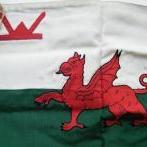
SD cap help
in Great Britain: Militaria: Badges, Uniforms & Equipment
Posted
It might be great war, but the peak looks a bit too long,so beside the badge this type of cap is still made today. I really could not state with any confidence as to when it was made, it might be 100 years old or 30 or any age in between